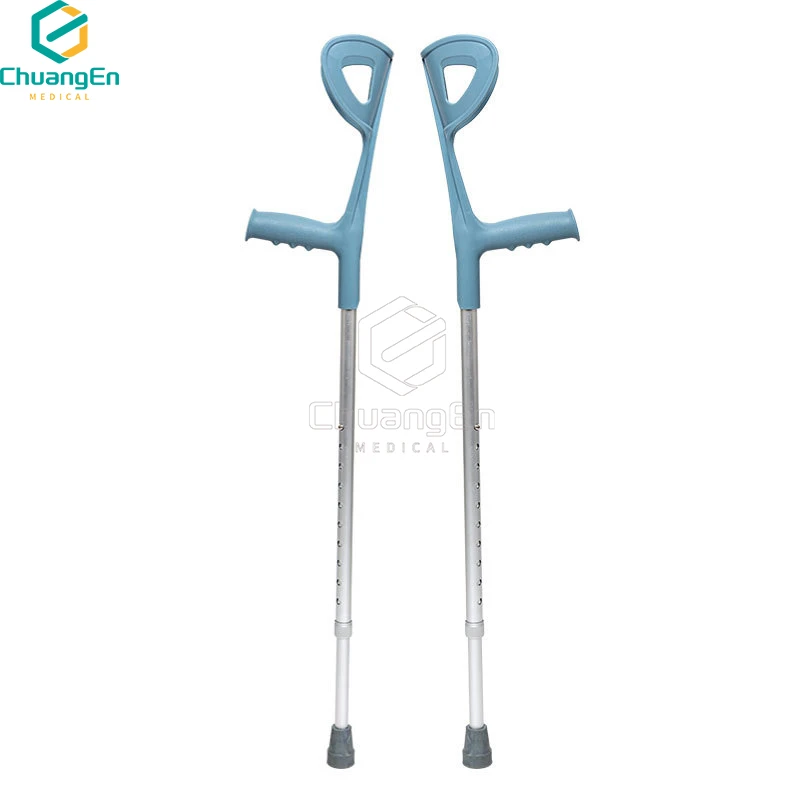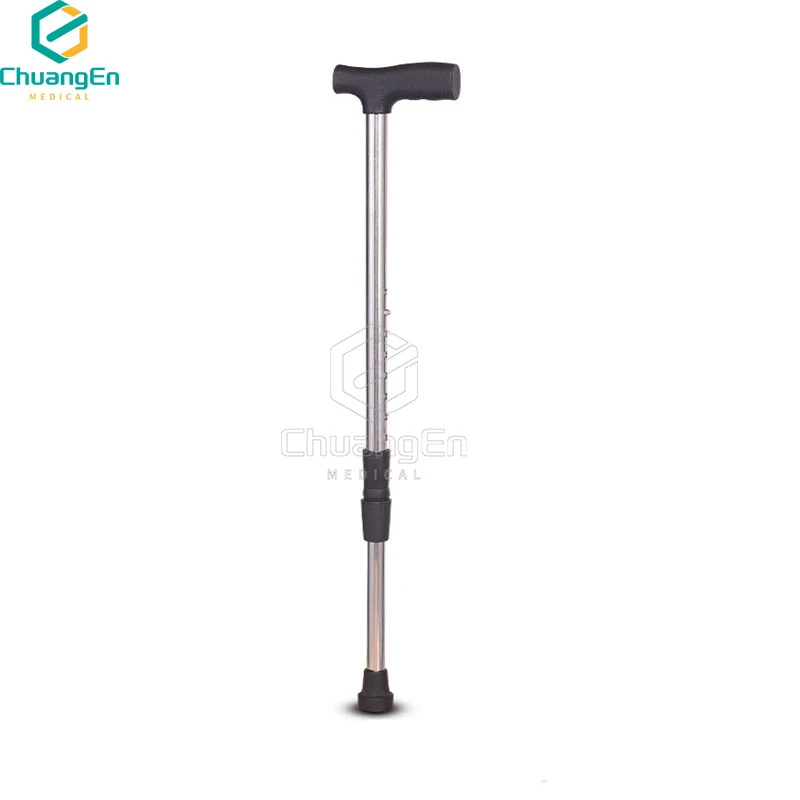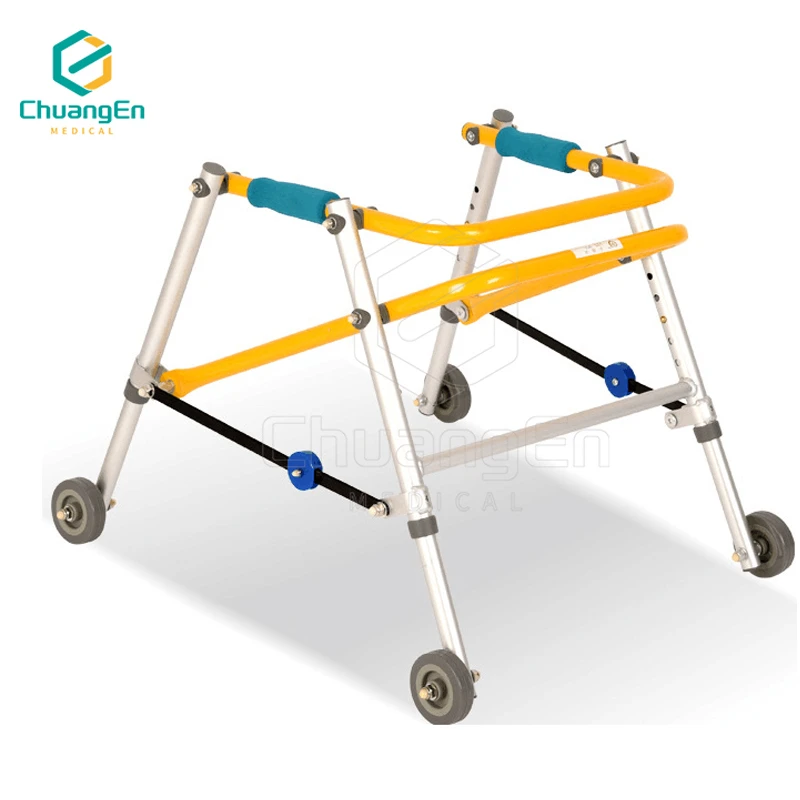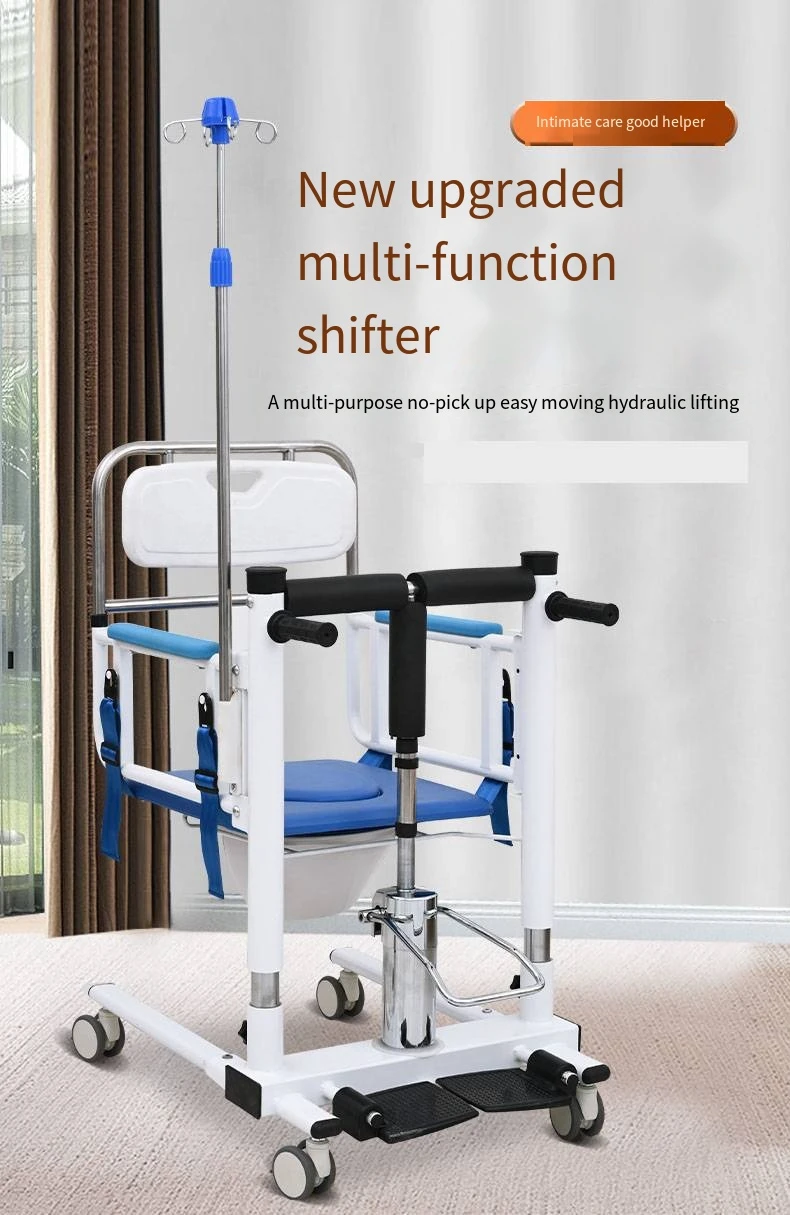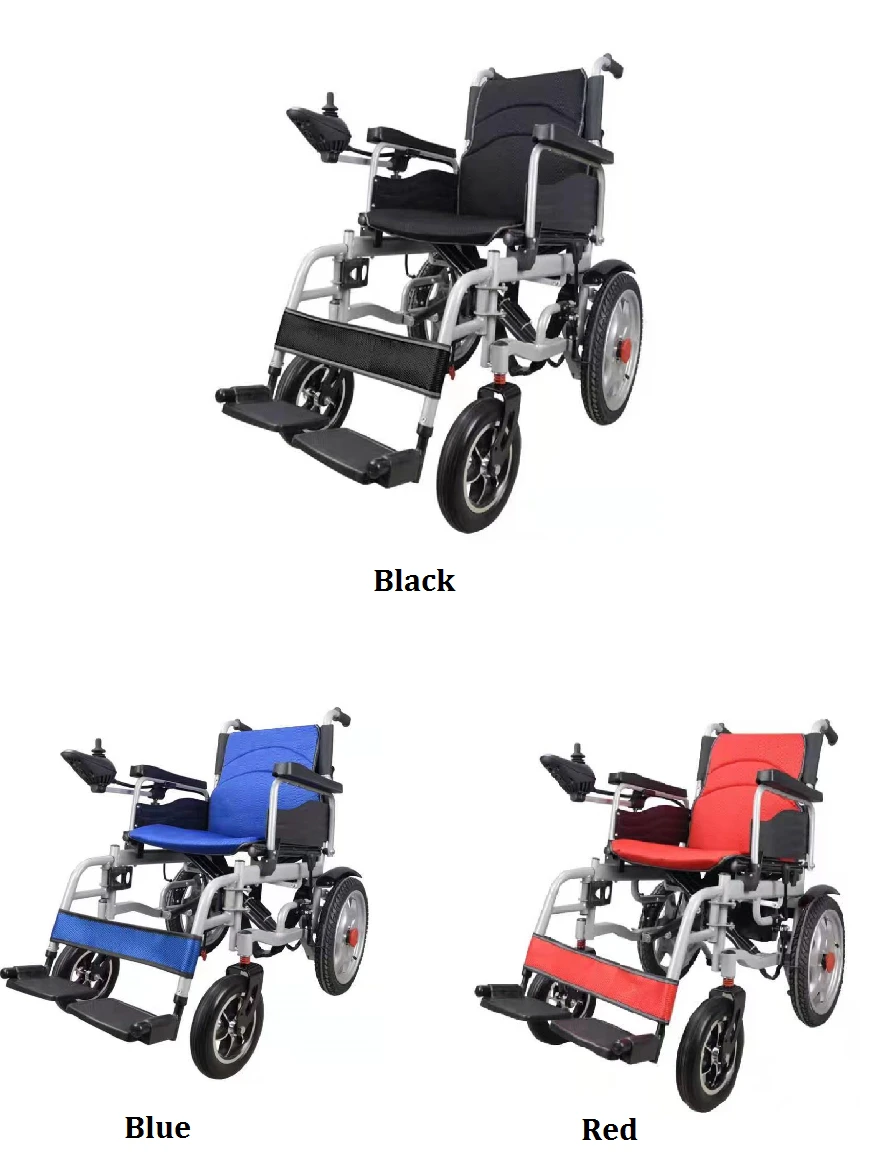- Introduction to new walkers for seniors
and market trends - Data impact: Statistics on mobility and walker usage among seniors
- Technical breakthroughs in new upright walkers for seniors
- Manufacturer comparison: Performance, features, and value
- Customization options for individuals with different medical needs
- Application case studies: Real-world success stories
- Conclusion: How new walkers for seniors redefine independent living
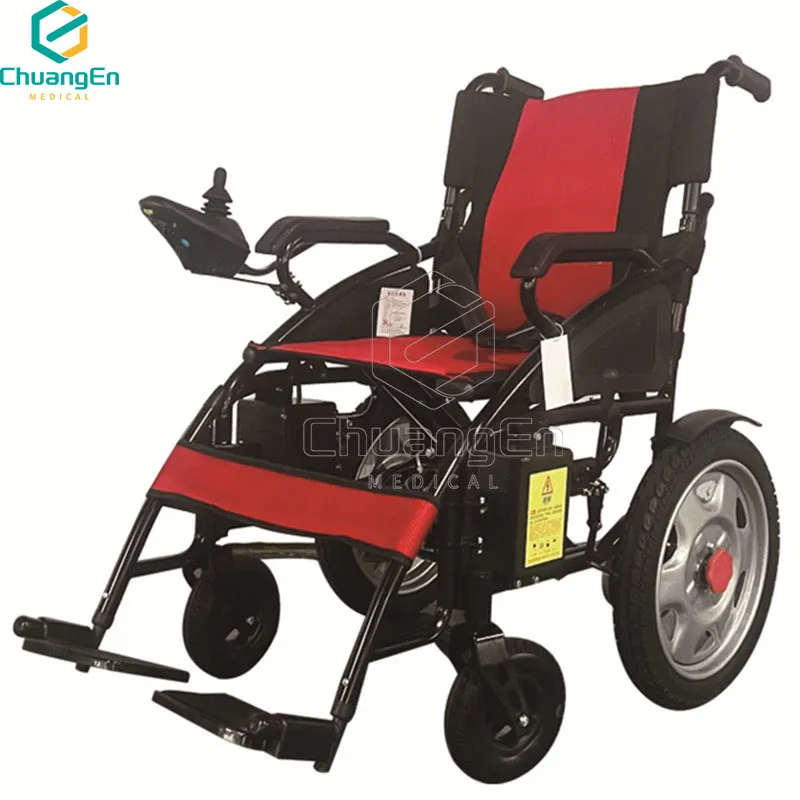
(new walkers for seniors)
Introduction: The Evolution of New Walkers for Seniors
For older adults, maintaining mobility is both a health priority and a cornerstone of independent living. Over the past decade, the walker industry has undergone significant transformation. Traditional walkers, once defined by their basic metal frames, have given way to a surge of new style walkers for seniors. These innovations reflect a growing understanding of the challenges seniors face: balance issues, risk of falls, and the need for ergonomic support. With the advent of new upright walkers for seniors, both safety and comfort have reached new heights in design and functionality. This article explores how the latest walkers are revolutionizing senior mobility, guided by data, technology, and real user experiences.
Data Impact: Mobility Needs and Walker Usage Among Seniors
Seniors represent the fastest-growing age demographic globally. According to the Centers for Disease Control and Prevention (CDC), nearly 10,000 Americans turn 65 every day. By 2030, over 20% of the US population will be over 65. Mobility impairments affect nearly one in four seniors, and fall-related injuries are among the top causes of hospitalization and loss of independence. Recent surveys reveal:
- 30% of seniors (age 65+) report difficulty walking or climbing stairs.
- Falls account for 3 million emergency visits each year among adults 65+.
- An estimated 4.6 million Americans use some form of walking aid, and the demand for advanced walkers is up 18% over the last five years.
These statistics highlight the crucial role of well-designed mobility aids. As populations age worldwide, robust, supportive, and customizable walkers will become indispensable in public health and home care settings.
Technical Breakthroughs: Features of New Upright Walkers for Seniors
The modern generation of walkers offers more than basic support—they empower seniors through thoughtful engineering advancements. Key technical advantages of new style walkers for seniors include:
- Upright design: Encourages healthy posture, reducing stress on the back and shoulders compared to traditional hunch-over frames.
- Lightweight materials: Aluminum-carbon fiber blends yield frames that are both sturdy and easy to maneuver, with some models weighing as little as 12 pounds.
- Advanced braking systems: Intuitive locking and anti-slip technologies prevent rollaway incidents.
- Adjustable handles and seat heights: Accommodate a wider range of user heights, enhancing comfort and usability.
- Integrated accessories: Built-in bags, cup holders, seats, and backrests turn the walker into a multi-functional aid suitable for both indoor and outdoor use.
- Smart features: Select premium models offer step counters, GPS tracking, and fall detection alerts for added safety.
Clinical studies show that seniors using upright walkers report a 25% reduction in back and shoulder pain and a 30% increase in walking distance versus users of conventional walkers.
Manufacturer Comparison: Performance, Features & Value
As innovation accelerates, several leading manufacturers have established themselves as front-runners in the new walkers for seniors segment. Below is a detailed comparison of four top-rated models, focusing on performance, key features, and price points:
| Model | Weight Capacity (lbs) | Unit Weight (lbs) | Foldable | Upright Design | Seat Included | Smart Features | Price (USD) |
|---|---|---|---|---|---|---|---|
| Drive Medical Nitro Euro Style | 300 | 17.5 | Yes | Partial | Yes | No | $249 |
| Elenker Upright Walker | 300 | 22 | Yes | Full | Yes | No | $199 |
| UPWalker Original | 350 | 23 | Yes | Full | Yes | Optional | $645 |
| Medline Empower Rollator | 300 | 17.5 | Yes | Partial | Yes | No | $229 |
When evaluating these options, key differentiators include the degree of upright support, smart add-ons, weight capacity, and value for investment. The Elenker and UPWalker models stand out for their full upright support, with UPWalker adding smart technology as an optional feature for tech-savvy users. Price ranges vary significantly, reflecting both brand and feature complexity.
Customization: Tailoring Walkers for Unique Needs
No two seniors have the same mobility requirements. Customization is central to the new generation of walkers. Manufacturers now offer a variety of personalization options to address medical and lifestyle needs:
- Height and width adjustments to accommodate tall users and those requiring extra space.
- Ergonomic handle grips for users with arthritis or neuropathy.
- Interchangeable wheels for use on diverse surfaces—indoor flooring, outdoor terrain, or uneven paths.
- Detachable baskets and accessory holders for greater flexibility and convenience.
- Seat cushions with memory foam for users with sensitive conditions or extended sitting needs.
- Safety-enhancing attachments like reflective strips and integrated lights for nighttime use.
Moreover, occupational therapists collaborate with manufacturers to design add-on kits. These include gait trainers, hand brakes with extra leverage, and removable trays, further expanding the usability of new style walkers for seniors in rehabilitation and daily living environments.
Application Case Studies: Real-World Success Stories
The impact of advanced mobility aids is best illustrated by real-life outcomes:
- Margaret, age 77 (Chicago, IL): Switched to a new upright walker and reported resuming daily half-mile walks, reducing her lower back pain complaints by 40%. Her physical therapist noted an 18% improvement in gait stability.
- James, age 83 (Seattle, WA): After using a customized walker with height-adjustable handles and larger rear wheels, James regained the confidence to shop independently, citing fewer instances of fatigue after outings.
- Monica, age 70 (Miami, FL): Adopted a smart-enabled walker with GPS tracking. Her caregiver noticed a marked improvement in both Monica’s sense of autonomy and her response times in outdoor environments.
- Senior community (Austin, TX): Of 45 residents trialing new walkers for seniors, 80% reported improved social engagement, mobility, and reduced fall incidence over a 6-month observation period.
Collectively, these outcomes demonstrate that investment in advanced mobility solutions directly translates into measurable improvements in quality of life, independence, and overall health for seniors.
Conclusion: New Walkers for Seniors Redefine Independent Living
The evolution of new walkers for seniors represents far more than a technological upgrade—it signals a profound improvement in the daily lives of older adults. As data and case studies confirm, today’s upright and new style walkers enable users to move with greater confidence, comfort, and safety. The best models offer not just physical support but also psychological assurance, helping seniors maintain social ties and independence. When comparing manufacturers, customization options, and real-world functionality, it is clear that this new era of mobility aids is changing what aging means for millions. As the population ages, investment in the right walker is an investment in dignity, autonomy, and health.
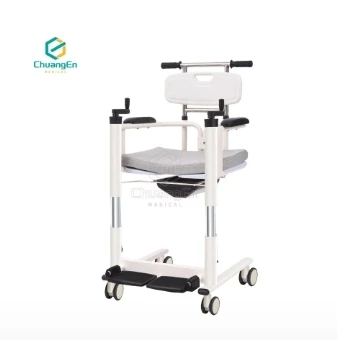
(new walkers for seniors)


